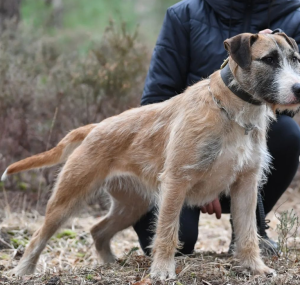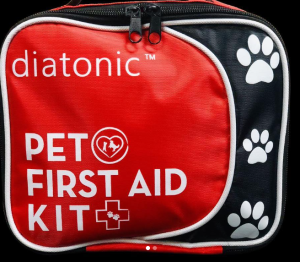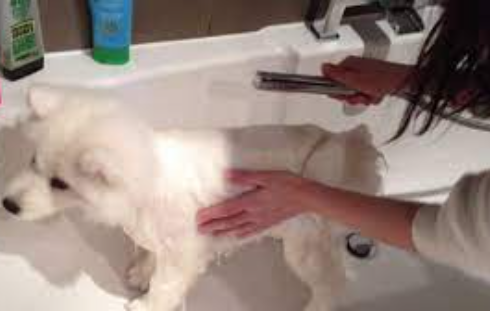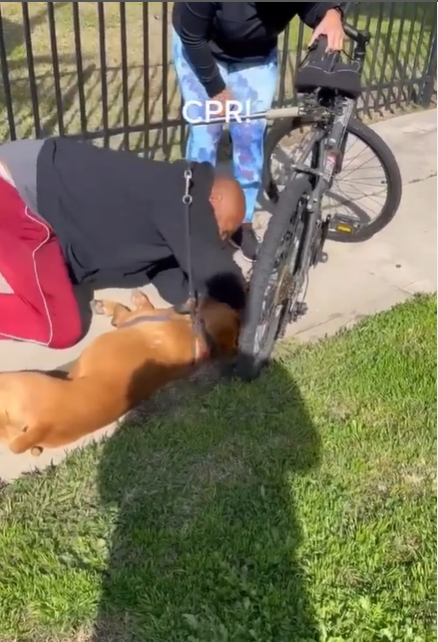How to Use Your Pet’s First Aid Kit in An Emergency
Pets are beloved members of our families, and we want to do everything we can to keep them safe and healthy. Unfortunately, accidents can happen, and it’s essential to be prepared. One of the best ways to do this is to have a pet first aid kit.
Your pet first aid kit should contain all the essential supplies you need to treat minor injuries and illnesses at home. Knowing how to use these supplies properly is also a good idea. This blog post will provide a comprehensive guide on using your pet’s first aid kit in an emergency.
Wounds
One of the most common pet emergencies is a wound. Various things, such as cuts, scrapes, bites, and burns, can cause wounds. If your pet has a wound, cleaning it and applying pressure to stop the bleeding is essential.
To clean a wound:
- Use a sterile saline solution or clean water.
- Avoid using hydrogen peroxide, which can irritate the wound and slow healing.
- Once the wound is clean, apply pressure using a sterile gauze pad or bandage. If the bleeding is severe, you may need to apply a tourniquet.
Wrap a bandage or cloth around the limb above the wound to apply a tourniquet. Ensure the tourniquet is tight enough to stop the bleeding but not so fast that it cuts off circulation. If the limb becomes cold or numb, loosen the tourniquet slightly.
Choking
Another typical pet emergency is choking. Various things, such as food, toys, and other objects, can cause choking. If your pet is choking, try to dislodge the object by gently sweeping your finger across their throat. You may need to perform the Heimlich maneuver if you can’t dislodge the object.
To perform the Heimlich maneuver:
- Stand behind your pet and wrap your arms around its waist.
- Make a fist with one hand and place it just below their ribcage.
- Grab your fist with your other hand and push inwards and upwards.
- Repeat this motion until the object is dislodged.
Burns
Various things, such as hot surfaces, chemicals, and electrical currents, can cause burns. If your pet has a burn, it’s essential to cool the area immediately. You can run cold water over the burn for at least 10 minutes.
Once the burn is excellent, you can apply a loose bandage to protect the area. If the burn is severe, you may need to take your pet to the vet for further treatment.

Poisoning
If you think your pet has been poisoned, it’s essential to contact your vet immediately. In the meantime, you can induce vomiting by giving your pet a tablespoon of hydrogen peroxide for every 10 pounds of body weight. You can also share your pet-activated charcoal to help absorb the poison.
Fractures
If you think your pet has a broken bone, it’s essential to immobilize the area immediately. You can do this by splinting the limb with a rigid object, such as a magazine or piece of wood. Be careful not to move the limb too much, which could cause further damage.
Once the limb is immobilized, take your pet to the vet for further treatment.
Other common pet emergencies
In addition to the emergencies listed above, there are several other common pet emergencies that you may need to be prepared for. These include:
- Heatstroke
- Hypothermia
- Seizures
- Allergic reactions
- Insect bites and stings
- Snake bites
If you are unsure how to handle a pet emergency, it’s always best to err on the side of caution and contact your vet immediately.
Using your pet first aid kit
Now that you know how to treat some of the most common pet emergencies, let’s talk about how to use your pet first aid kit.
The first thing you need to do is find a quiet and well-lit place to work. If your pet is in pain or shock, it may not be very nice, so it’s essential to approach them cautiously.
Once you have found a safe workplace, gather the supplies from your pet’s first aid kit. You may need to clean the wound, apply pressure, or bandage the area. If your pet is choking or has been poisoned, you must take more specific measures.
Once you have treated the injury or illness, monitoring your pet closely is essential. If they show any signs of deterioration, such as increased pain, swelling, or difficulty breathing, take them to the vet immediately.



